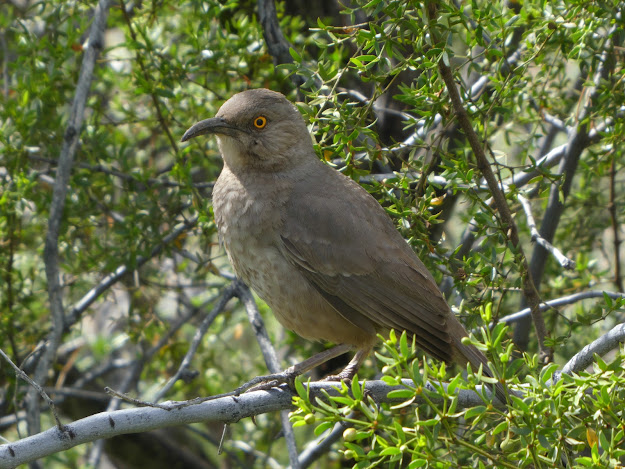The Cornell Guide to Bird Sounds: United States and Canada

Hooded Mergansers – photo: Nell Smith I got an exciting email from the Cornell Lab of Ornithology last week. They are using 19 of my bird recordings for an updated version of their Cornell Guide to Bird Sounds: United States and Canada as well as a future update of the Merlin app . Over the past couple years I’ve uploaded over 400 recordings to eBird so 19 may not seem like much but with over 450,000 bird recordings from the United States and Canada in the Macaulay Library, the fact that 19 of my recordings capture something unique or especially clearly is satisfying. I know when I upload recordings to eBird I am, in an abstract way, contributing to science and bird knowledge but it can often feel like no one is actually listening to these recordings. It is a library archive after all, not a social media sharing platform, so it can take years before the value of certain recordings are realized and you can't always predict how they'll be put to use. Having the space to share



